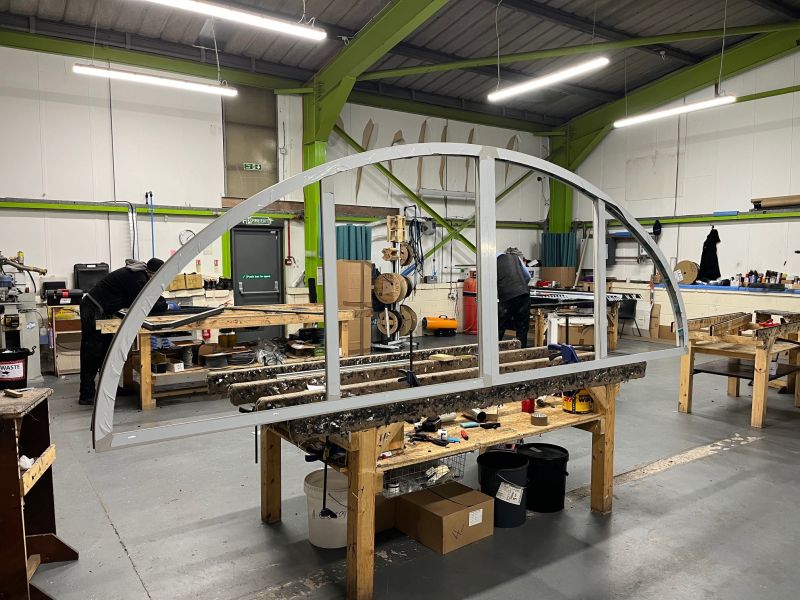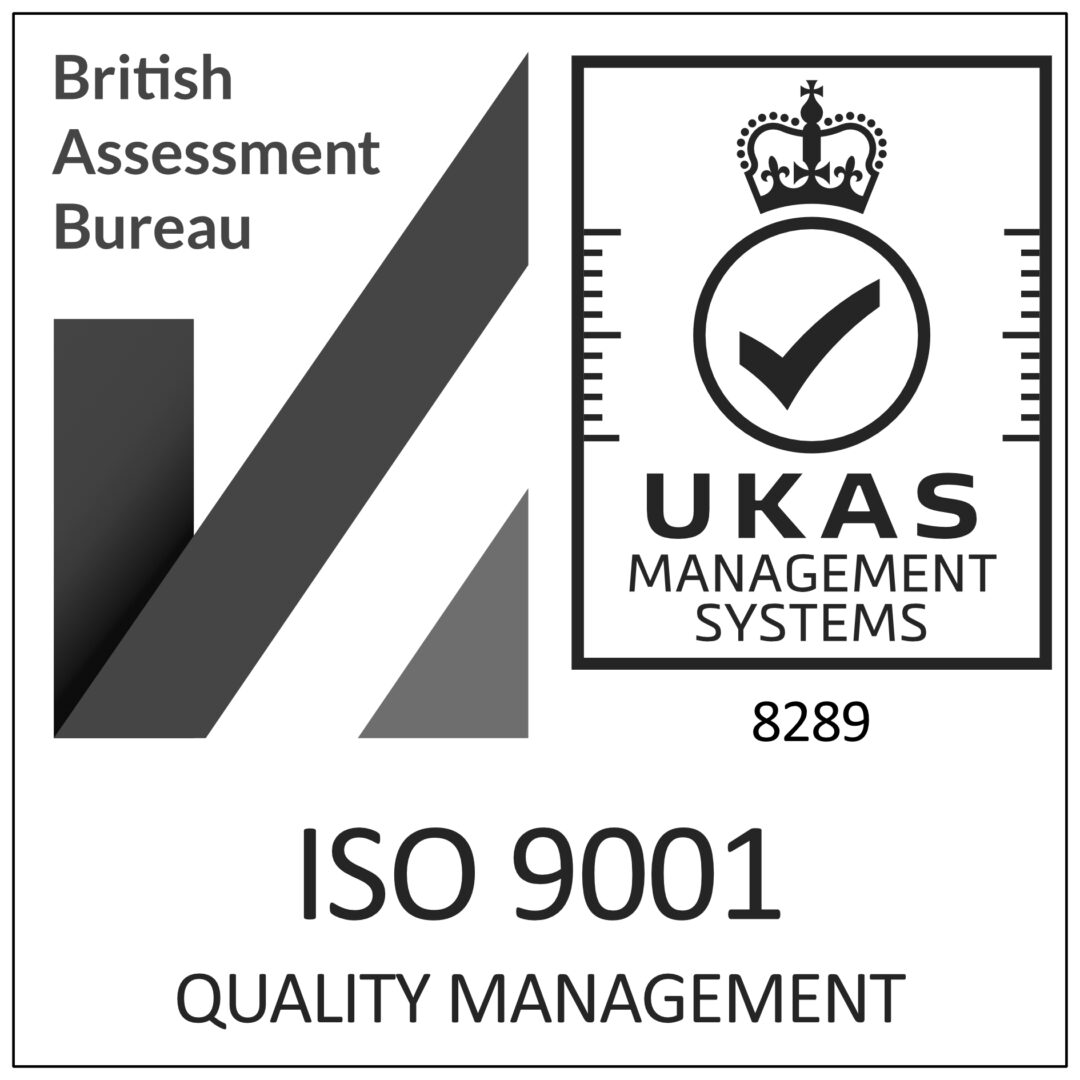Aluminium is a versatile and lightweight material used across various industries, from construction and architecture to commercial vehicle manufacturing and exhibition design. However, many projects require aluminium extrusions to be curved or shaped to specific dimensions, making bending aluminium profiles essential. Whether it’s creating curved window frames, structural components or intricate design elements, the right aluminium forming techniques ensure precision and durability.
Bending aluminium profiles comes with its challenges. Different profiles, thicknesses and alloys respond differently to bending forces, and without the correct technique, materials can crack, warp or lose their structural integrity. Choosing the most suitable aluminium extrusion bending process is key to achieving the desired shape without compromising quality.
This blog will explore the different aluminium bending processes available and help you determine the best method for your project.
The Four Aluminium Bending Processes
Section Ring Rolling
Section ring rolling is the preferred method for creating ample, sweeping curves. This process gradually bends the aluminium extrusion around a rolling machine, ensuring smooth and consistent curves without compromising the material’s strength.
Best for: Large-radius bends and continuous curves
Typical applications: Architectural features, curved window frames, transport and automotive components.
Draw Bending
Draw bending is used for tighter radii and high-precision curves. The aluminium extrusion is clamped and drawn around a fixed bend die, allowing for smooth and controlled shaping. This method is ideal for applications that require accuracy and repeatability.
Best for: Tight bends and consistent precision
Typical applications: Handrails, automotive components, office furniture frames
Press Bending
Press bending uses a hydraulic or mechanical press to force the aluminium extrusion into a preset shape. Unlike gradual bending, this process applies direct force to achieve the desired curve or angle. It is beneficial for structural applications where strength and rigidity are key.
Best for: Strong, defined bends with minimal spring-back
Typical applications: Structural components in construction and industrial applications
Encapsulation Bending Process
Encapsulation bending is a specialised technique used to create complex shapes with minimal distortion. This process involves enclosing the aluminium extrusion within a supportive material, ensuring precision and preventing deformation during bending. It is ideal for intricate and bespoke designs that require high accuracy.
Best for: Complex, multi-directional bends with high precision
Typical applications: Bespoke architectural designs, specialist industrial applications.

How to Choose the Right Bending Process for Your Project
Material Thickness and Profile
Thicker or more rigid profiles may require press bending, while draw bending is better for thinner sections that need precise curves. More complex profiles may benefit from encapsulation bending to maintain their shape during bending.
Desired Curvature and Tolerance Levels
Section ring rolling is best if your project requires ample sweeping curves. For tighter bends with high precision, draw bending ensures consistent results. If minimal distortion is critical, encapsulation bending provides the highest level of accuracy.
Structural Integrity Requirements
Some applications demand high-strength bends that maintain the material’s structural integrity. Press bending is ideal for applications where durability and load-bearing capacity are key, such as construction and industrial components. In contrast, draw bending and section ring rolling offer more flexibility for aesthetic or lightweight structural applications.
End-Use Application
The final use of the bent aluminium profiles will determine which process is most suitable. Architectural features and window frames often require smooth, continuous curves, making section ring rolling a great choice. Automotive and furniture applications may require precise, repeatable bends, making draw bending the preferred method. If your project involves intricate custom designs, encapsulation bending ensures complex shapes can be achieved with minimal distortion.
Conclusion
Choosing the proper bending aluminium profiles process is essential for ensuring precision, strength and the best possible outcome for your project. The method you select will depend on material thickness, desired curvature, structural integrity and the final application. Section ring rolling is ideal for ample, sweeping curves, draw bending provides tight, precise bends, press bending ensures strong, defined shapes, and encapsulation bending allows for complex designs with minimal distortion.
At Aluminium Bending Specialists (ABS Ltd), we have the expertise and equipment to handle various aluminium extrusion bending requirements. Whether you need curved architectural features, precision automotive components or bespoke industrial designs, our team can guide you in selecting the best bending process for your needs.
Need expert advice on choosing the proper bending aluminium profiles process? Get in touch with ABS today to discuss your project requirements!







